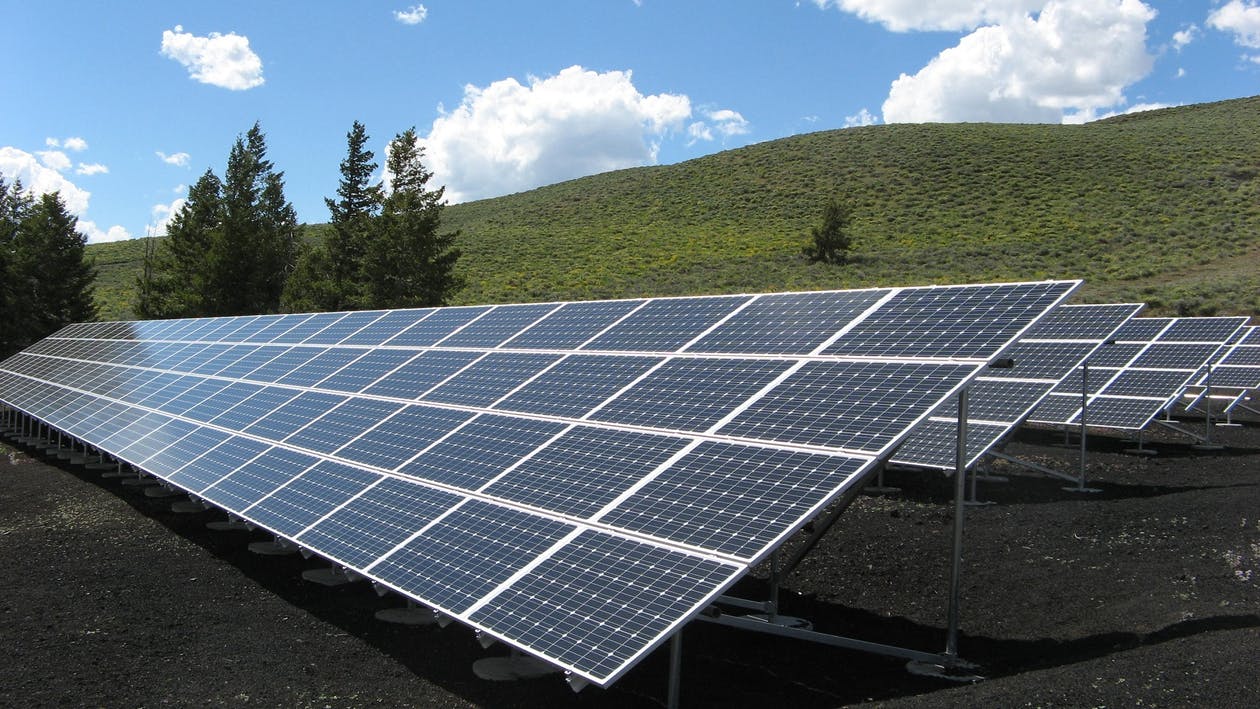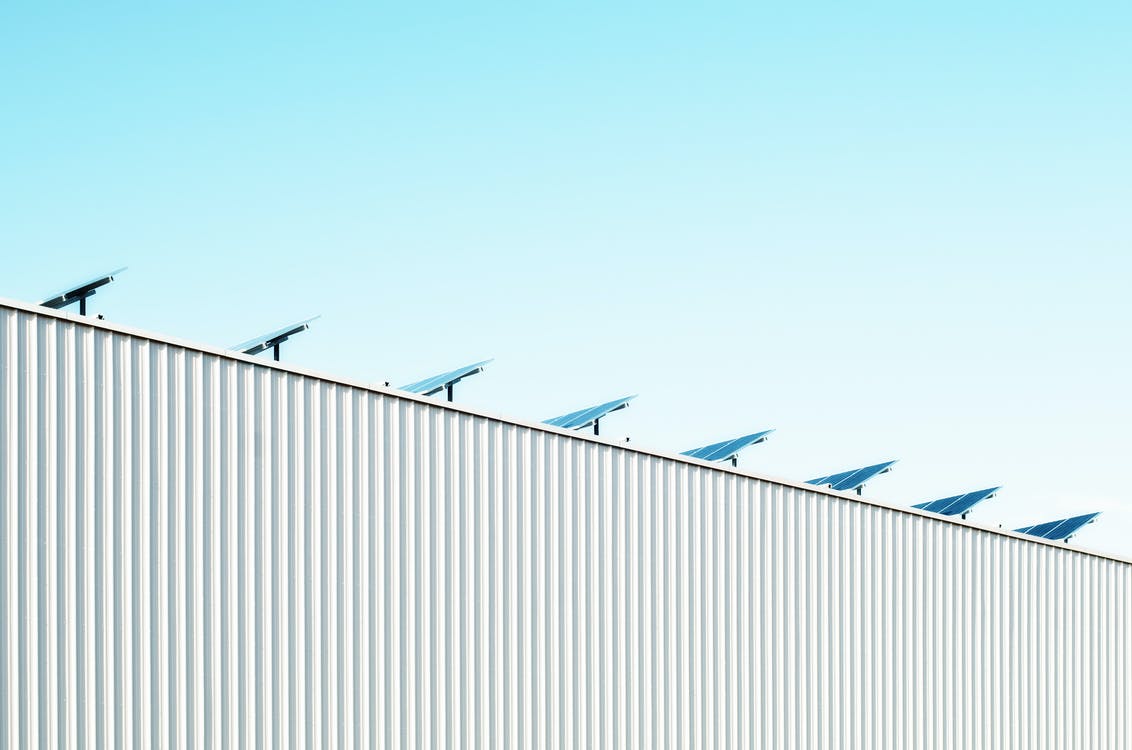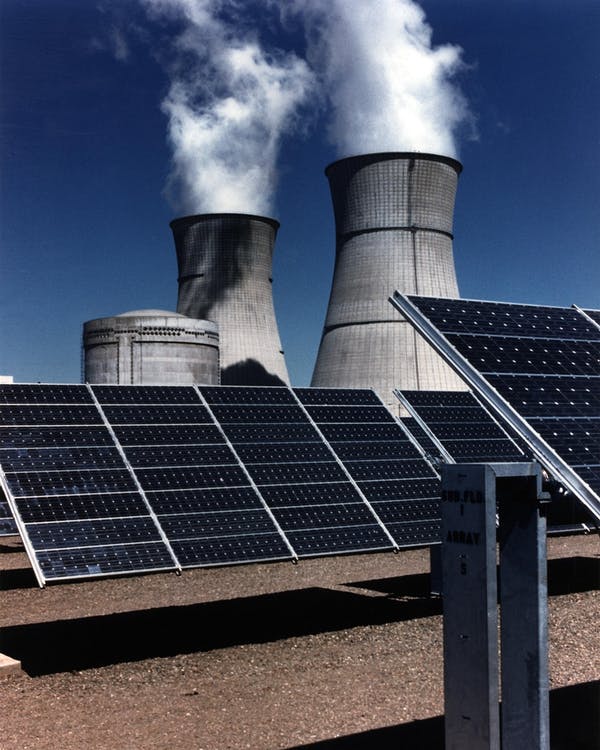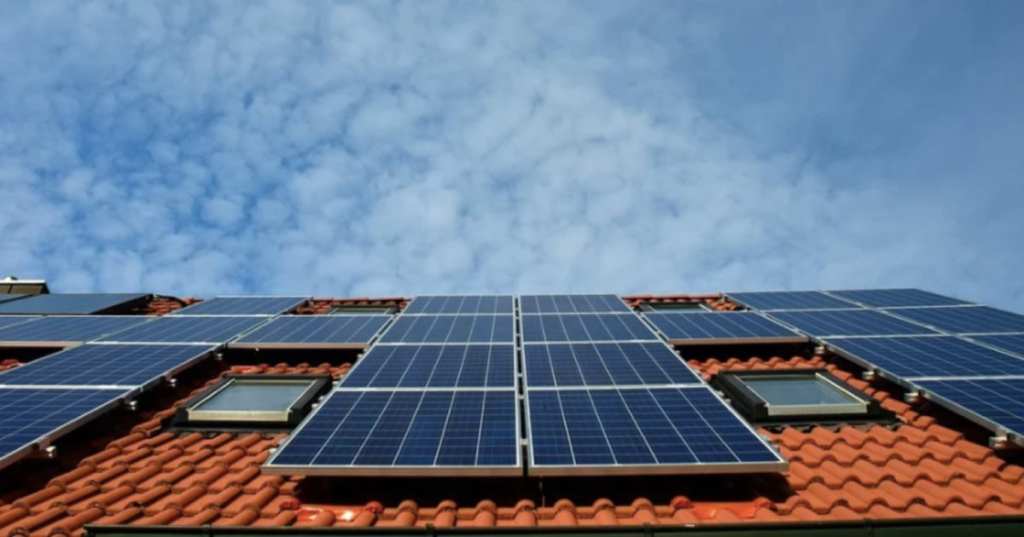It’s no secret that scientists and governments around the world have been searching for the best, most feasible, and cheapest ways to replace fossil fuels as our main sources of electricity – in our cars, in our homes, you name it.
With recent advancements in solar, it’s certainly looking that’s going to be a super viable, economic option.

Image Credit: Pexels
This 464-page report by The International Energy Agency is titled “World Energy Outlook 2020,” and boils the future down to a single sentence.
“The past decade has shown tremendous growth in solar power and wind power worldwide, but the next decade is where they’ll really shine, because the key crossover points have now occurred (like solar becoming cheaper than every other electricity source, on average) or will soon occur (like electricity from new solar power plants becoming cheaper than electricity from existing fossil fuel power plants).”
They also state that they expect solar output to increase by more than 43% in the next 20 years since “detailed new analysis shows that solar power is 20-50% cheaper than thought.”
That doesn’t mean governments should stop pushing solar and other alternatives, because the faster we can make the transition to renewable energy, the better off the entire planet is going to be.

Image Credit: Pexels
It does mean that, since solar is cheaper than anything else, people are probably going to start transitioning on their own because it’s good for their wallet.
“Renewables grow rapidly in all our scenarios, with solar at the centre of this new constellation of electricity generation technologies.
Hydropower remains the largest renewable source of electricity, but solar is the main driver of growth as it sets new record for deployment each year after 2022, followed by onshore and offshore wind.”
An average solar model, which costs only about 17.3 cents/watt today (down from $2/watt in 2010), passed nuclear energy as far as affordability several years ago, then coal, and now has surpassed natural gas and even wind power.

Image Credit: Pexels
The other sources of electricity will naturally begin to stagnate and shrink as consumers realize what they’re missing out on by not considering solar.
It’s not just the cost per watt, either – new utility-scale solar power plants are cheaper than any other sort of new power plants, too.
And not only that, new utility-scale solar power plants are cheaper than existing power plants from other energy sources, too.
So, why would anyone build new power plants that aren’t solar? And why, as older types of electrical plants need repairs or replacement, would a businessman choose to invest in something that’s not solar?
This report, and the economists who have read it, believe that, one-by-one, we’ll see traditional energy sources taper off naturally.

Image Credit: Pexels
Basically, word is going to get around, and not only are you going to start seeing solar power plants popping up from sea to shining sea, but you’re going to see a lot more glinting panels of the roofs in your neighborhood, too.
If you want to look like a smartypants trendsetter, better get on the stick now, my friend.






